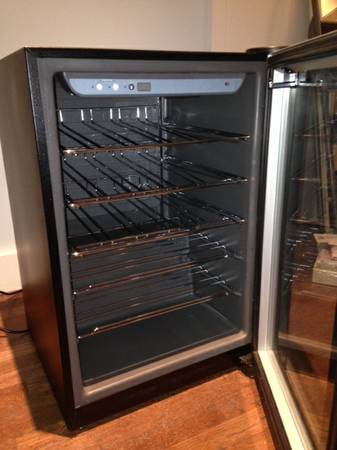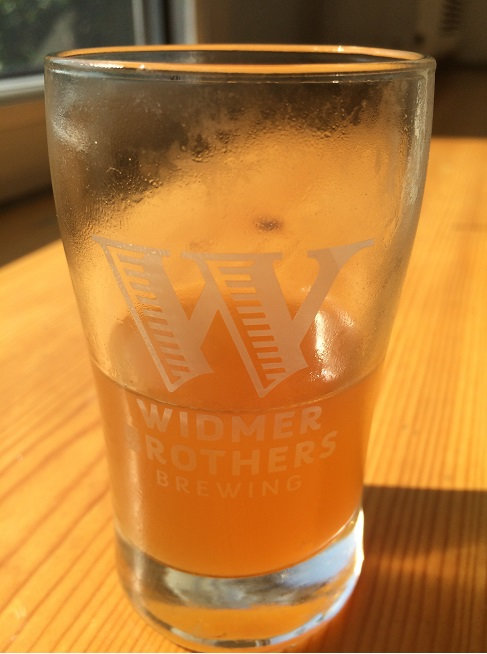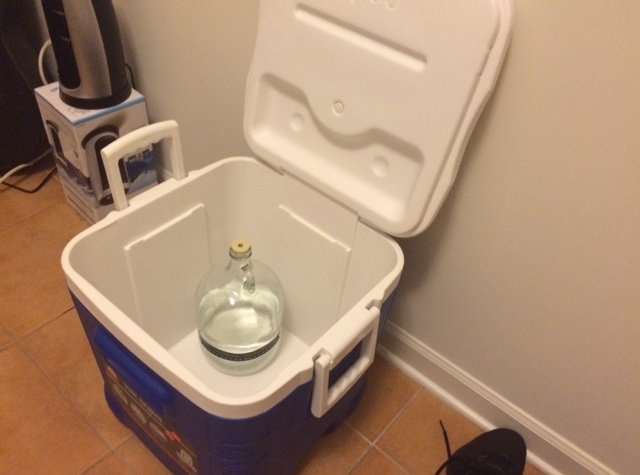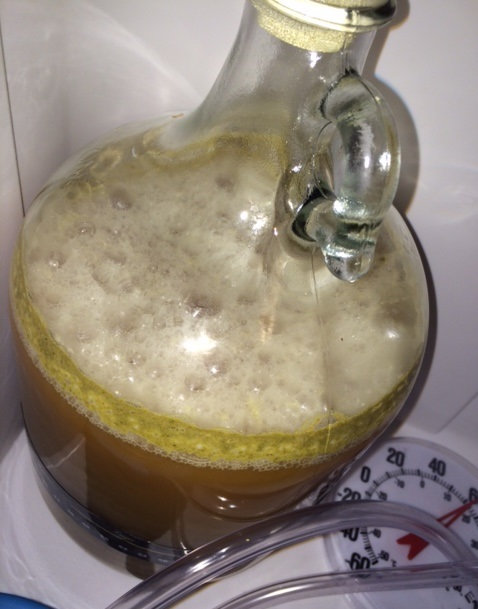Hey guys,
Very new to brewing, just moved to a larger apartment in Manhattan where I can finally do some brewing!
First attempt doing a 1 gallon all grain American IPA (on 7/4)
-1.20 kg of American 2 row
-150 g of Crystal caramel 40
-60 minutes .3oz Centennial
-20 minutes .3oz Cascade
-0 minutes .3oz Cascade
-1/2 vial of White Labs california ale yeast without a starter
I think it went well, it ended up having a 1.060 OG, tasted the wort seemed good. I put it in a plastic bucket fermenter. Was bubbling like crazy for 3 days then settled down yesterday.
My main concern are the temperature near the upper 80s right now which is not good for fermentation.
I think i'll take a sample this weekend. Is it possible to use the bucket spigot to take a sample during fermentation or is that only for bottling?
Here's a few pics... let me know what you think please
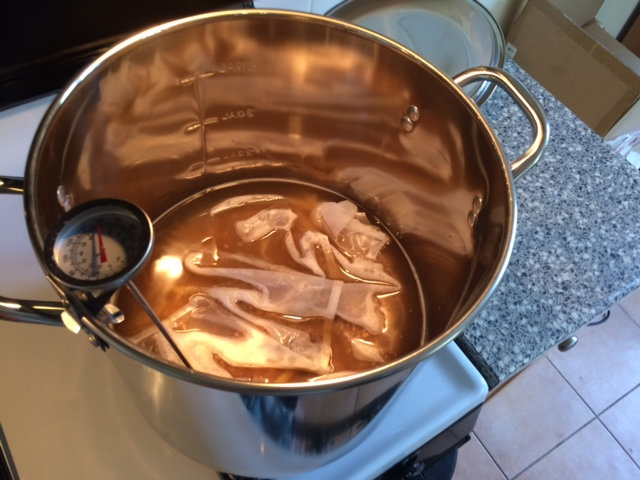
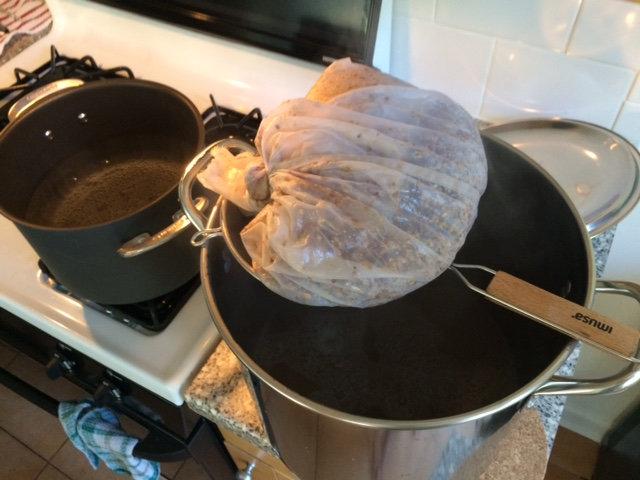
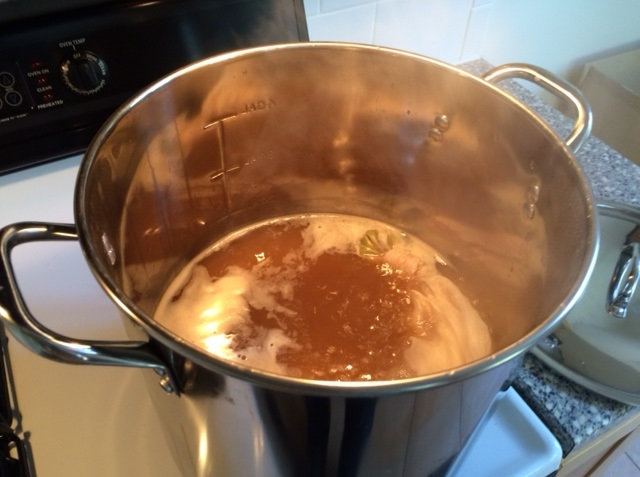
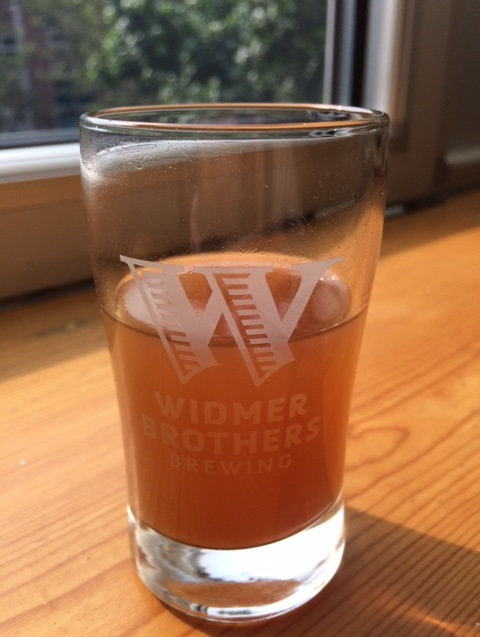
I'll probably have more questions along the way!
Thanks for reading
Very new to brewing, just moved to a larger apartment in Manhattan where I can finally do some brewing!
First attempt doing a 1 gallon all grain American IPA (on 7/4)
-1.20 kg of American 2 row
-150 g of Crystal caramel 40
-60 minutes .3oz Centennial
-20 minutes .3oz Cascade
-0 minutes .3oz Cascade
-1/2 vial of White Labs california ale yeast without a starter
I think it went well, it ended up having a 1.060 OG, tasted the wort seemed good. I put it in a plastic bucket fermenter. Was bubbling like crazy for 3 days then settled down yesterday.
My main concern are the temperature near the upper 80s right now which is not good for fermentation.
I think i'll take a sample this weekend. Is it possible to use the bucket spigot to take a sample during fermentation or is that only for bottling?
Here's a few pics... let me know what you think please





I'll probably have more questions along the way!
Thanks for reading


